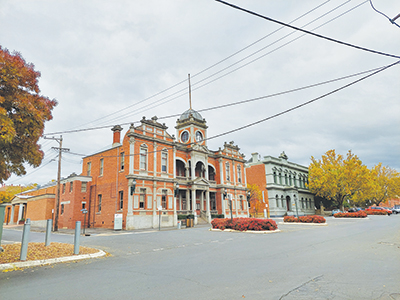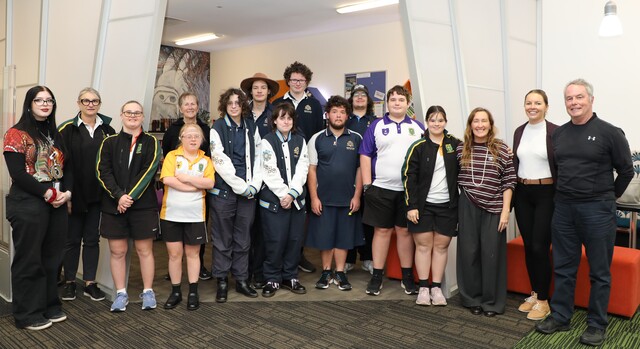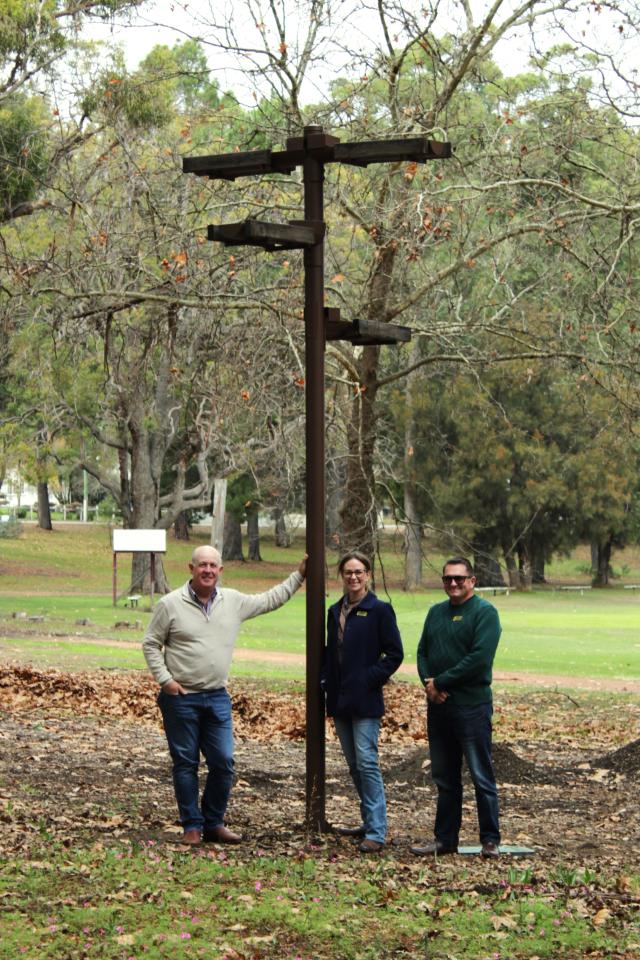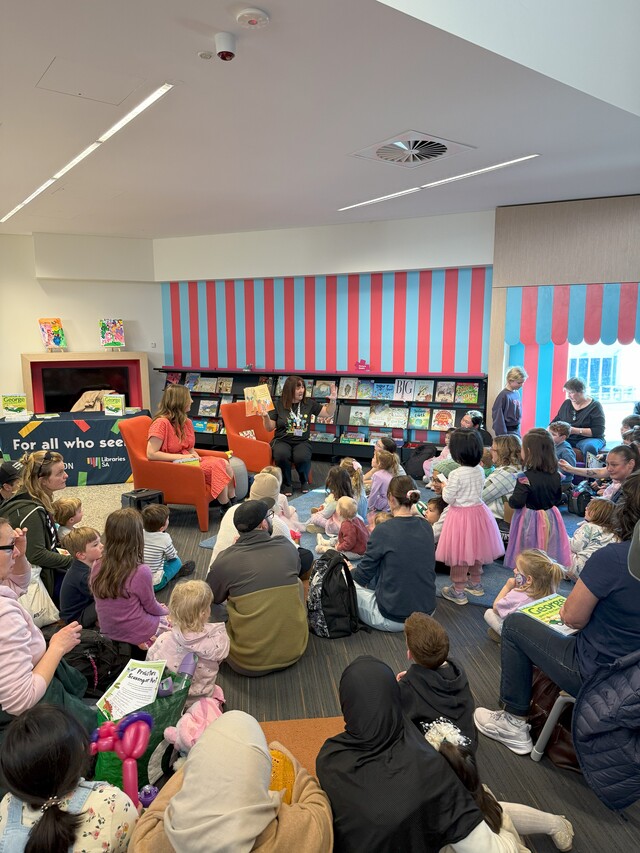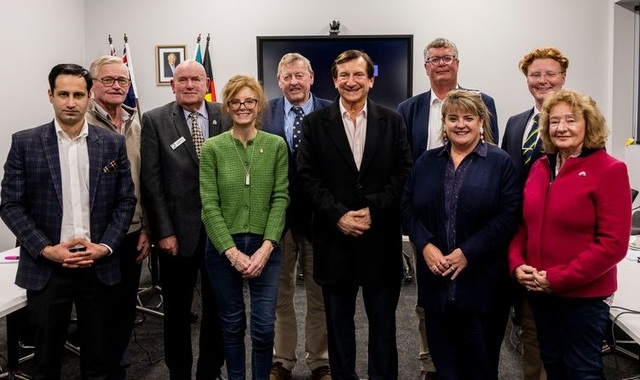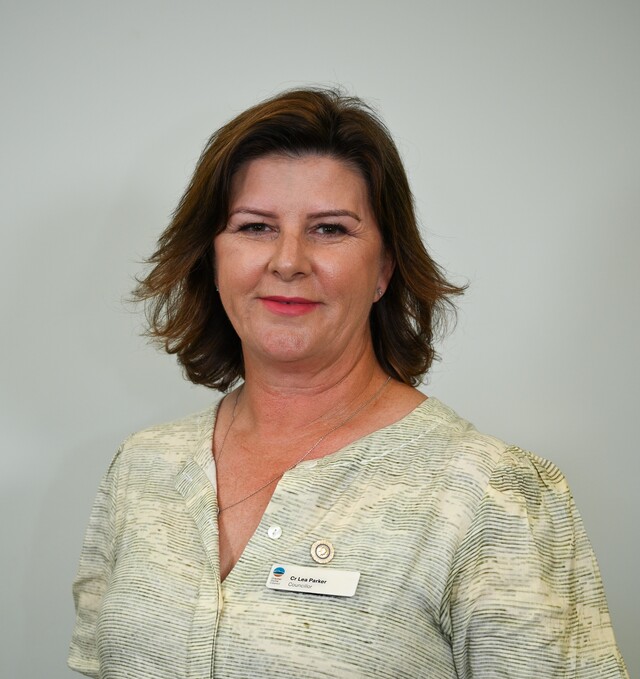Regional communities wanting to grow have access to a new resource to help them capitalise on the burgeoning national interest in living outside the capital cities’ limits.
Regional Australia Institute’s (RAI) Liveability Toolkit was launched in March at the Regions Rising National Summit by Minister for Regional Health, Regional Communications and Local Government, the Hon. Mark Coulton.
Minister Coulton said the Liveability Toolkit was a valuable and timely resource that would help regional leaders to build upon and complement action plans to help attract more people to the regions.
“This toolkit provides helpful strategies to help promote and position our regions to benefit from the increasing interest in regional Australia.”
New thinking post COVID-19
RAI Chief Executive Officer, Liz Ritchie, in her address on ‘regionalisation’ at the Summit, said, “The COVID-19 pandemic has prompted a profound shift in our thinking and in our desire to live our best lives.
“You will have seen the news about tree-changers and sea-changers and we know that there has been a huge surge in interest in regional living. We are ready to harness that interest as a way to achieving Regionalisation.”
Ritchie said RIA was creating a Regional Employer of Choice citation which would recognize businesses which support regional Australia through their workplace and procurement policies.
“Working flexibly has proven to provide higher levels of productivity and wellbeing and is actually a good option for many employees and employers.
“We believe that for the first time in history we can truly create a national employment market where location is no barrier. Where we can work where we live, and live where we love.
“We also want to harness the shift in workplace thinking which has been triggered by COVID. It has generated a sudden and dramatic change in the very construct of work and has challenged entrenched views.”
Move to More campaign
The Liveability Toolkit’s release came a day after RAI launched its multi-million-dollar Move to More campaign, which encourages city residents to consider living, working and investing in regional Australia.
RAI Chief Economist, Dr Kim Houghton, said, “Australia is on the cusp of a new era, one in which regional Australian towns have the opportunity to grow and thrive like never before.
“We have a highly mobile population in Australia and regional ‘liveability’ has a strong role to play in influencing people’s decisions about where to live.
“Our work in this area identifies what people are looking for when choosing a new place to call home, and why they move to one location and not another.
“Every regional area has its unique strengths, challenges and vision. The Liveability Toolkit helps communities identify the population flows, job trends and liveability factors in their region, so they can target the type of people they need to prosper.
“As a general rule, people won’t move to a place unless they have access to a job and critical infrastructure, such as telecommunications, electricity supply and water. After that, however, more subjective liveability factors come into play.”
Through its research, the RAI has identified six key factors that are important to different demographic groups when assessing a town’s liveability. These include:
- health services
- education services
- cost of living
- amenity
- connection to community and
- lifestyle and opportunity.
“There has never been a better time for regional communities to take stock, focus their efforts and create a viable, actionable plan to improve the factors that make people want to live in their town.
“The Toolkit helps regional towns and cities identify their greatest liveability assets, and how to shape these to target the kinds of new residents most needed.
“It helps regional towns and cities move beyond the general and obvious benefits of regional living, to craft their liveability offer around the assets that really make them stand out,” Dr Houghton concluded.

